Ten years ago, Candi Appl was diagnosed with Meniere’s disease.
Meniere’s disease is an inner ear disease that usually affects one ear.
It causes pressure or pain in the ear, severe cases of dizziness, hearing loss and tinnitus.
The disease caused Appl to lose 70 percent of her hearing.
“That was the beginning of the journey,” she said.
Six years ago, Appl had a serious ear infection which took away an additional 20 percent of her hearing. She also had severe tinnitus.
“It has prohibited me from living a normal life,” Appl said. “If you have never experienced tinnitus, it’s horrible. My brain just set on that is what we are going to hear. It is loud and it is annoying. You hear it when you want to lay down, when you want to relax and when you want to hear the TV.”
Counseling and brain training helped some, as did special hearing aid, but her hearing continued to decrease.
A year and a half ago, Appl’s doctor recommended a cochlear implant on her right side.
“It is not commonly done around this area on one side,” Appl said. “The insurance company did not approve it on three tries.”
It was recommended by Appl’s insurance rep that she get a nurse advocate. The nurse advocate interviewed her and eventually, the implant got approval.
Appl said she felt the implant was necessary for her quality of life.
“I need to live a normal life,” Appl said. “I am not going to have 20 some years ahead of me where I can’t hear anything.”
A cochlear implant is an electronic medical device that replaces the function of the damaged inner ear. Unlike hearing aids, which make sounds louder, cochlear implants do the work of damaged parts of the inner ear to provide sound signals to the brain.
Appl was the first person in the area to have the cochlear implant on one side.
Appl said she had no hesitation when deciding to get the implant. Her family was hopeful that the implant would cure her tinnitus and her hearing loss but also hesitant.
The surgery took about an hour and Appl was back home within six hours.
“It was a piece of cake,” Appl said.
One month later, the doctor activated the implant.
“It’s weird,” Appl said. “The cochlear is on the computer screen and your implant has 24 electrodes, so there are 24 red lights.”
As the electrodes are activated, the lights come on.
When the implant was fully activated and Appl could hear, she said it was a huge difference.
“It was overwhelming,” Appl said. “It was echoing and loud.”
The implant worked so well that Appl’s daughter, Katie,
Appl said when she has her implant on she has no tinnitus. When she takes it off at night, she has a slight ringing that she can avoid.
Before her implant, Appl, who teaches computers at St. Joseph Grade and Middle School, said her job was difficult.
She said her students knew not to talk on her right side. Now, they can talk to her on either side.
Appl said until she got her implant, she didn’t realize how noisy her classroom could be.
“It was noisy and overwhelming,” she said. “An eye-opener.”
Appl and her doctor believe her positive attitude made a difference in her recovery and her ability to use the implant.
“You have to work at it,” she said.
Appl said that she would plug her left ear so her right ear would work harder to hear.
“Your attitude is huge,” she said.
Her positive experience with the implant has made Appl want to help others who are candidates for an implant.
Her doctor has given her information to people who are in similar situations and Appl will tell them about her experience and what they can expect.
Appl said she often tells people that if they are thinking about an implant they should go for it.
“You will never look back,” she said. “I don’t think it’s anything to fear at all.”





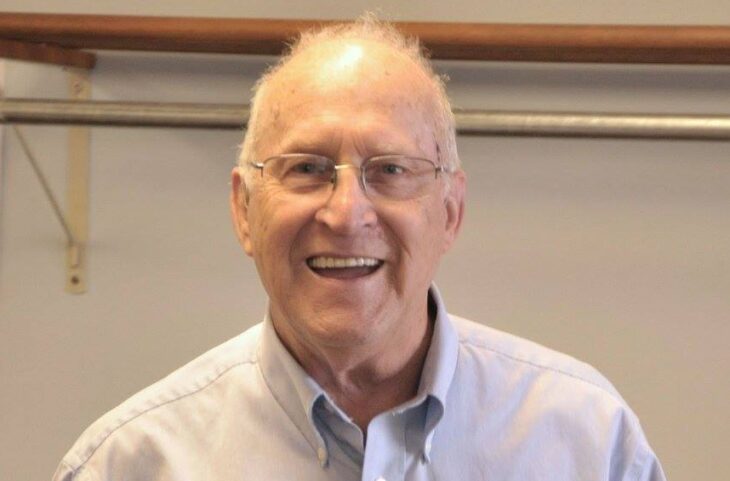
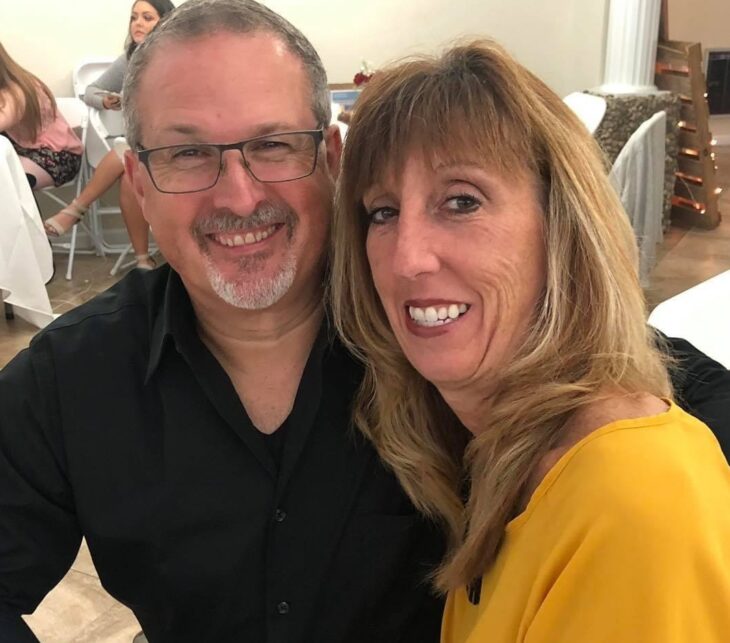

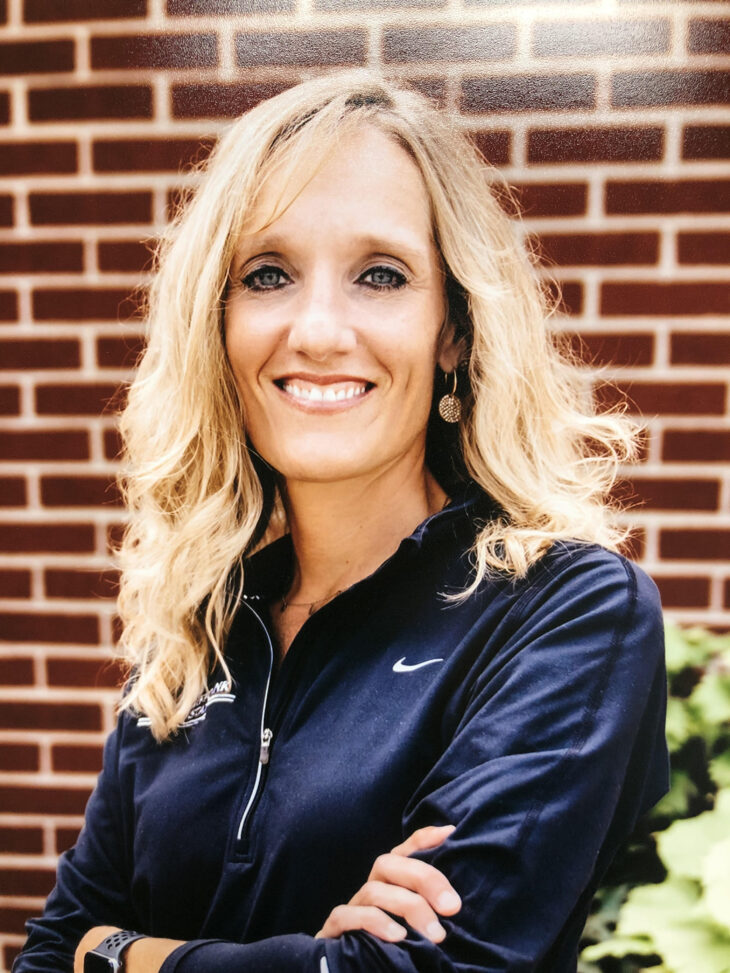


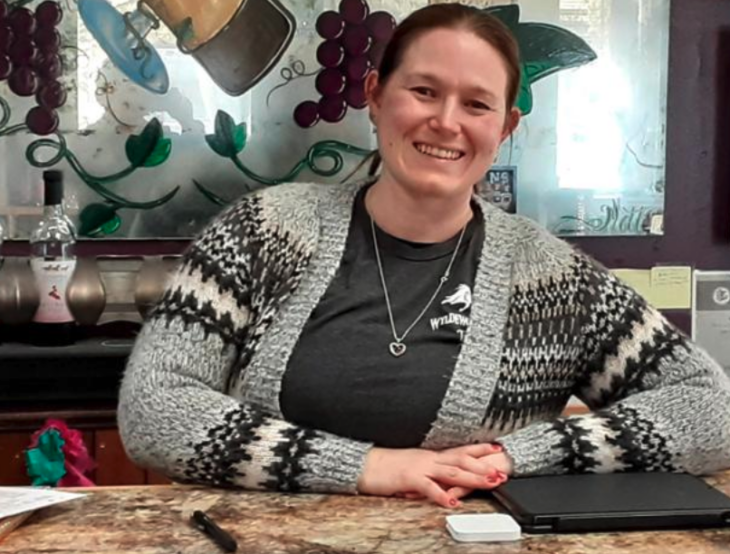
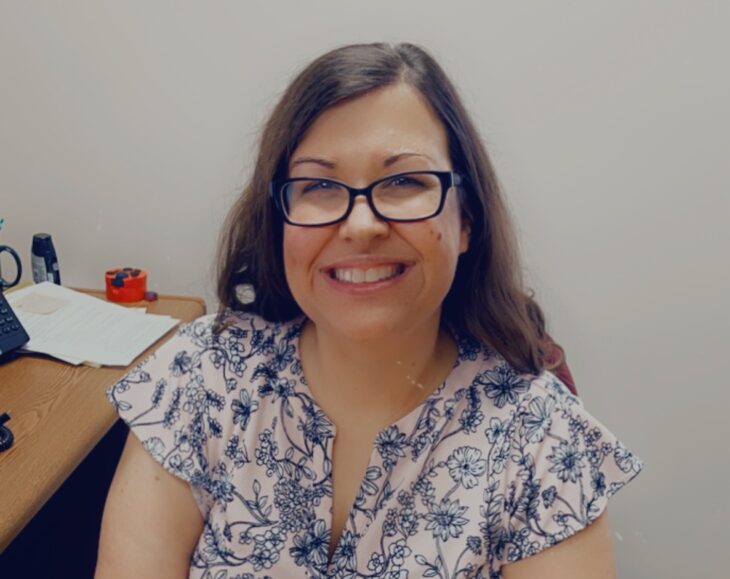


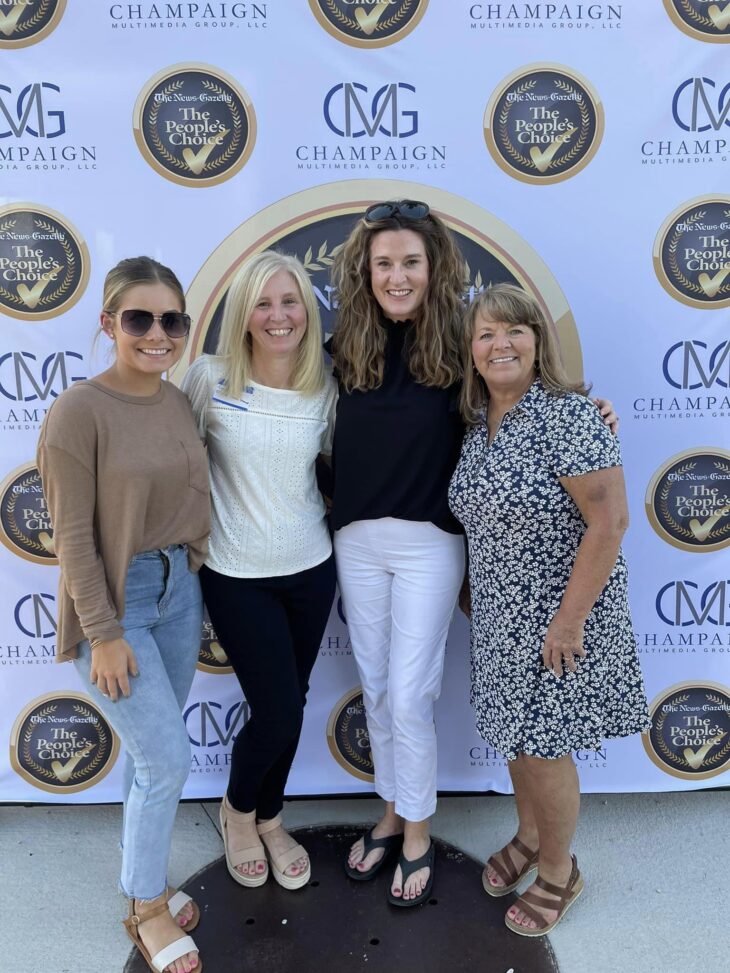













You must be logged in to post a comment.